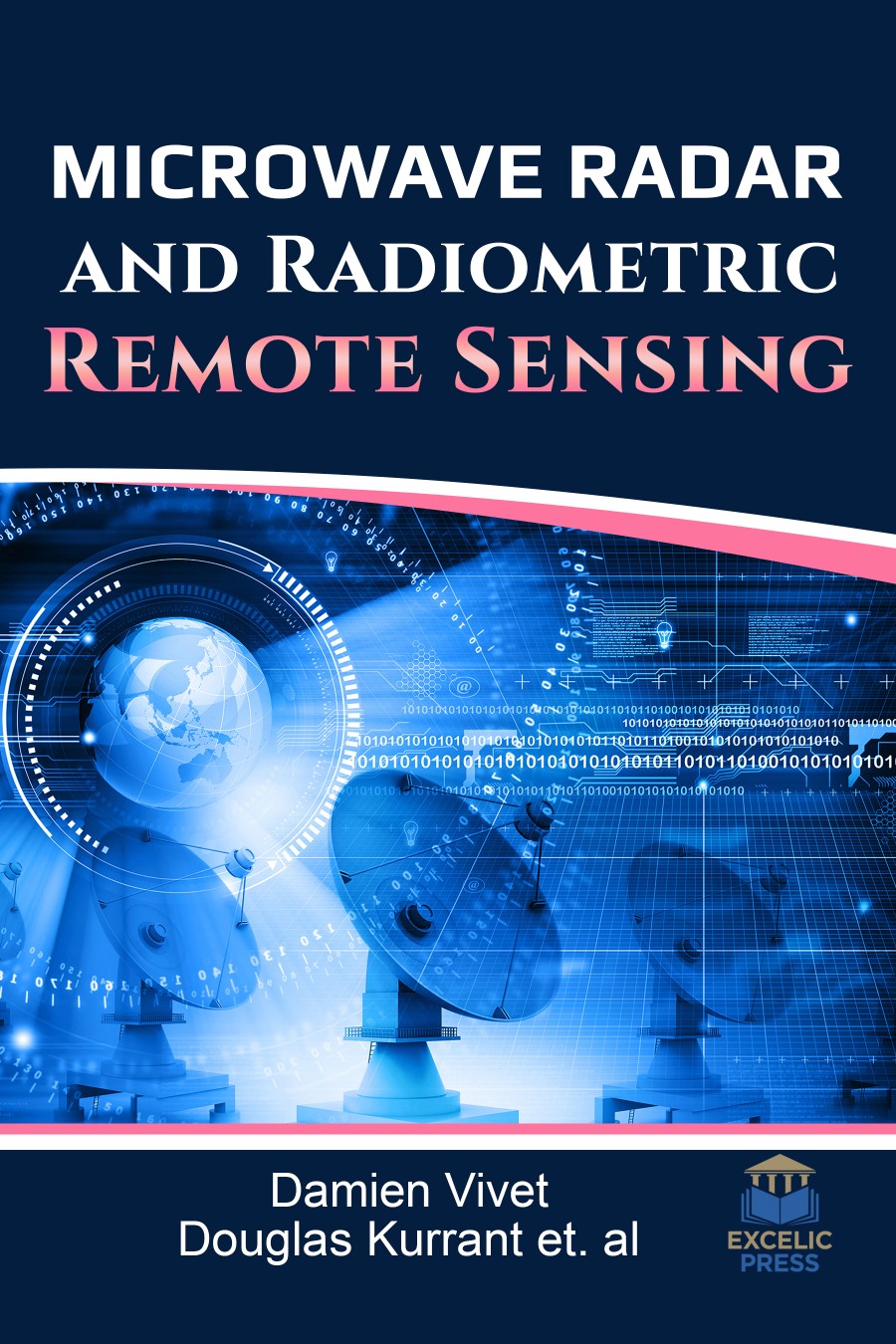Microwave and millimeter wave high-power vacuum electron devices (VEDs) are essential elements in specialized military, scientific, medical and space applications. They can produce mega watts of power which would be equal to the power of thousands of solid state power devices (SSPDs). Similarly, in most of today’s T/R-Modules of active phased array antennas for radars and electronic warfare applications GaAs based hybrid and MMIC amplifiers are used.
The early applications of millimeter-wave MMICs were in military, space and astronomy systems. They are now also utilized for civil applications, such as communications and automotive radars. As transmission speeds in next-generation wireless communications have become faster, wireless base stat ions that operate in the microwave frequency range consume an ever-increasing amount of power. In the last three decades, microwave remote sensing has shown a high potential in characterization of land surface parameters (soil moisture, vegetation biomass, water covers, etc.). In this context, a very rich activity has been developed to propose techniques (satellite, airborne, in situ) and methodologies to optimize contribution of microwave remote sensing, in terms of precision, spatial, and temporal resolutions.
Microwave Radar and Radiometric Remote Sensing provides you with theoretical models, system design and operation, and geoscientific applications of active and passive microwave remote sensing systems. It is aimed to the study of both reviews and original researches related to recent innovative microwave remote sensing instrumentation for land surface applications.
Microwave remote sensing provides a unique capability towards achieving this goal. Over the past decade, significant progress has been made in microwave remote sensing of land processes through development of advanced airborne and space-borne microwave sensors, and the tools — such as physics-based models and advanced inversion algorithms — needed for analyzing the data. These activities have sharply increased in recent years since the launch of the ERS-1/2, JERS-1, and RADARS AT satellites, and with the availability of radiometric data from SSM/I. A new era has begun with the recent space missions ESA-ENVISAT, NASA-AQUA, and NASDA-ADEOSII, and the upcoming PALSAR and RADARSAT2 missions, which open new horizons for a wide range of operational microwave remote-sensing applications. This book highlights major activities and important results achieved in this area over the past years.













